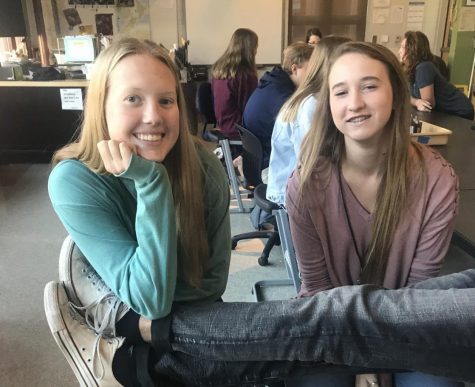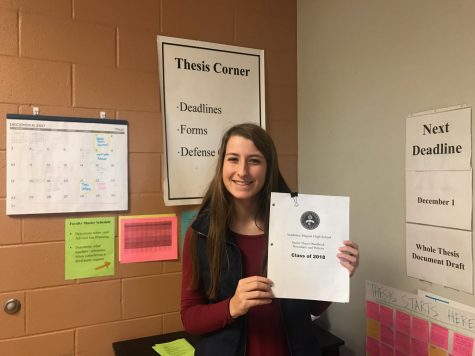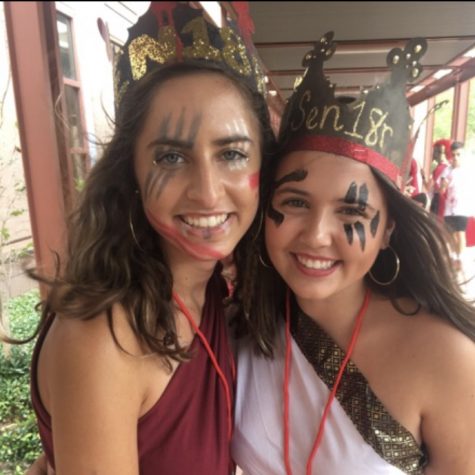Maegan Reed Looks at the Impact of Mental Imagery on Athletes’ Sport Confidence During Reconstructive ACL Rehabilitation
Senior Maegan Reed has always known what she wanted to research for thesis. After tearing her ACL in 8th grade, Maegan knew that she wanted to focus on ACL tears, and she decided specifically to look at how mental imagery can impact an athlete’s confidence when coming back to play a sport after an ACL tear.
Maegan found that out of 10 million sport-related injuries per year in the US, about 200,000 are ACL related, and can be caused by twisting, cutting, jumping, and sudden deceleration. Most ACL injuries require surgery and take about 6 months of rehabilitation before the athlete can return from their sport. This, of course, can be discouraging and can cause athletes to lose confidence and fear re-injury of their knees once they return.
To study how mental imagery can help increase sport confidence, Maegan created a mental imagery script that focused on the visualization of specific skills and activities and thinking positively. This was paired with relaxation and applied to rehabilitation. That is, Maegan used two participants who had recently torn their ACLs and were undergoing rehabilitation at the time of her study. Of the two participants, one was the control and Maegan did not read her the rehabilitation script. The other, the experimental participant, was read the rehabilitation script once a week for 18 weeks. The two participants were given a pre intervention inventory to see what their baseline confidence was before the study and then and a post intervention inventory afterwards to see how much each of their confidence levels had increased.
Ultimately, Maegan found that there was no significant difference between the increase in sports confidence for the experimental and the control participants. However, she found that in three specific questions on the inventory, there was a significant change in confidence for the control participant. Each of these questions involved decision-making, planning, thinking, and responding, showing that the script may help increase confidence in these areas. In the future, if more participants and resources were available, this research could be used to show a significant change in confidence through use of the mental imagery script.









